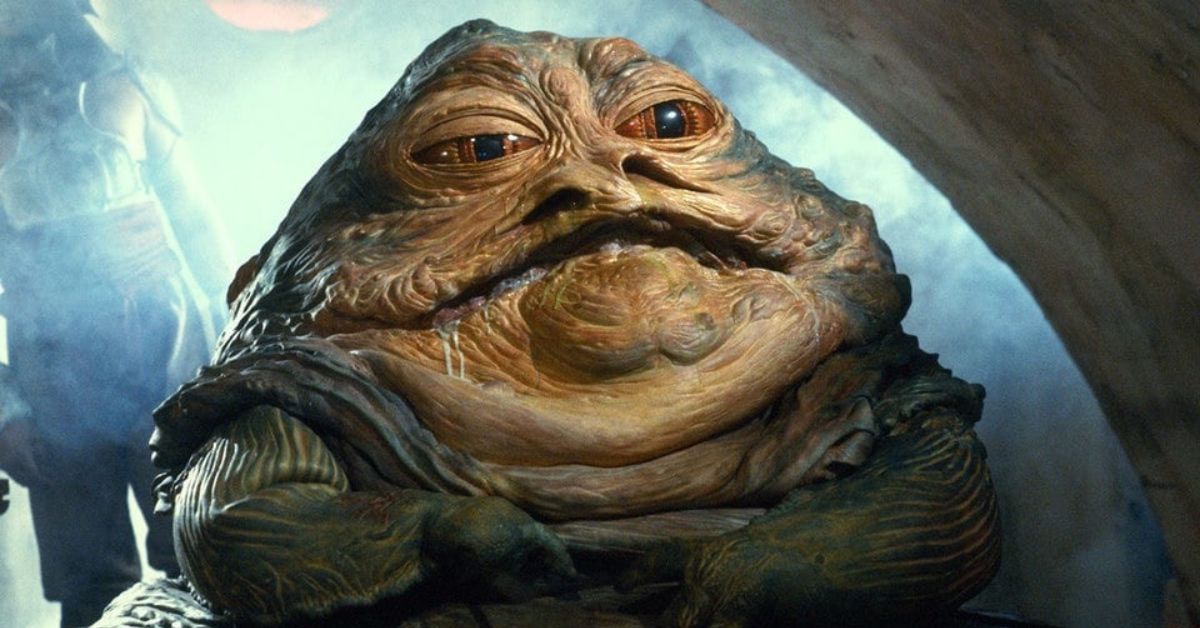Movies, shows, and stories from around the globe have developed languages to help immerse audiences in the world they've constructed. These languages, like the language spoken in Avatar, are tricky to develop and for the stars to master, but when done well enough, they take a story to another level.
Star Wars is a movie franchise that is loved and celebrated globally, and the franchise has used a variety of unique languages over time. One of the most known and recognizable languages from Star Wars had a unique development that heavily lead on an ancient language.
Let's take a look at the Star Wars franchise and see how this classic language was developed years ago.
'Star Wars' Is An Iconic Franchise
Debuting in the 1970s and still relevant to this very day, Star Wars is as beloved a franchise as any in history. The franchise's first movie literally changed the world of film forever, and since then, it has only grown in popularity and scope, and these days, it's one of the most valuable franchises around.
Luke, Han, and Leia might have gotten things started in the original trilogy, but we’ve since gotten tons of exceptional characters taking part in amazing stories.
Whether it's on the big screen, the small screen, in the video game world, or in the comics, Star Wars continues to captivate audiences. It's rare that something sticks this long, which is proof that George Lucas struck gold with A New Hope. Yes, he and Disney have received a ton of criticism for many decisions made along the way, but people still can't help but tune in with each new project.
The franchise has taken fans all around the galaxy, exposing them to new creatures, customs, and languages. One of the most famous languages to emerge from the franchise is none other than Huttese, a language that has been used in a variety of Star Wars projects.
Huttese Is A Language Used In The Movies And Shows
According to My Star Wars Collection, "Modern Huttese goes back more than 500 standard years. Its ancient origins [as noted above] can be traced to the Hutts on their native planet Varl; the Baobab Archives have uncovered tablets in archaeological diggings on the moons of Varl showing ransom notes written in ancient Huttese at least 1,000 years ago."
It's clear that the franchise put a lot of thought and care into the language, electing to give it such a rich history. Not only that, but it's been used in countless projects, and by some of the franchise's most popular characters, like Anakin Skywalker, Jabba, and even C-3PO.
Other languages have become popular in their own right, but Huttese is the one that most fans are familiar with, even though they need subtitles to understand what the users are saying.
The language itself is quite the feat, considering that it was based on an ancient language.
How It Was Developed
So, how was Huttese developed? Incredibly, it has been revealed that the language was based on an ancient Incan language.
"To those of us that are a bit more reality based, Huttese is not a real language but one designed by sound designer Ben Burtt. According to the Behind the Magic CD-Rom, Ben Burtt derived the Huttese language from the ancient Incan dialect, Quechua. He based many phrases on samples from a language exercise tape. I have found a site that gives lessons on Quechua and have found a few Quechua words used in the Star Wars saga," Complete Wermos Guide writes.
The site even noted that there were several Quechua words that were used in Huttese.
"The first word is 'tuta.' In Episode I the phrase "Sebulba tuta Pixelito" is used meaning "Sebulba from Pixelito." The Quechua 'tuta' however used in this phrase: "Imarayku kunan tuta," means "For this night past." Another word is 'chawa.' "Neek me chawa wermo," said Sebulba: "Next time we race," but in Quechua, 'chawa' means 'uncooked.' And although 'tullpa' which means "cooking spot in a kitchen" is not an exact spelling of 'tolpa' (Tolpa da bunky dunko=Then you can go home) the pronunciation is identical," the site states.
Using one language as a blueprint was a brilliant choice for the franchise, as Huttese sounds and feels like a real language for listeners at home.
The next time you're watching a Star Wars project with some Huttese in it, just remember that a lot of time an effort went into developing the language.

